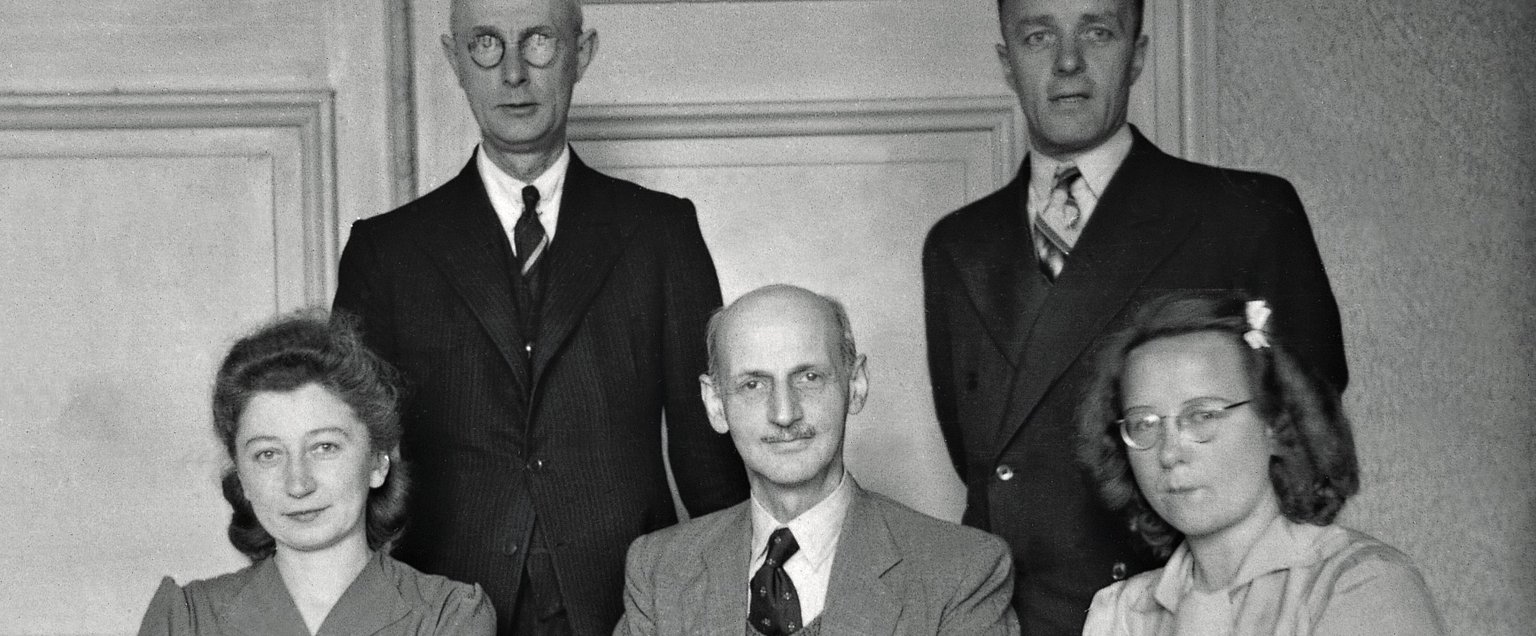Our only information about the period between the arrest of Anne Frank and her death in the Bergen-Belsen concentration camp in February 1945 comes from the testimonies of others. Otto Frank was the only one of the eight people from the Secret Annex to survive the atrocities of the Second World War.
How were Anne Frank and the others discovered?
This question remains unanswered to this day. Otto Frank and his helpers, who also survived the war, suspected that they had been betrayed. However, solid evidence was lacking, and so, the lawsuit against a former warehouse employee came to nothing. In 1975, Otto Frank wrote about the matter in a letter: “Without evidence, our former warehouse clerk could not be prosecuted. I did hear that the man was suspected and shunned by his neighbours for many years. Of course, I would have liked to have seen the traitor punished, but without evidence, there was nothing I could do.”
Investigation into the arrest
The warehouse clerk was one of the people associated with Anne Frank's arrest. Other people and circumstances were investigated as well. It was always assumed the people in hiding had been betrayed. This made sense, since Jews were betrayed in large numbers. Research conducted by the Anne Frank House in 2016 indicated that for a ‘everyday’ case of betrayal, this one contained several noteworthy details. The investigation showed that other things were going on in the business premises at Prinsengracht 263 besides hiding people: there was talk of illegal labour and the trade in coupons. This gave rise to a new angle: the Sicherheitsdienst may have been searching the building on suspicion of illegal labour and the fraudulent use of coupons, when the police officers discovered Anne Frank and the seven others.
